
Developer: Hikotel
Publisher: Phoenixx Inc.
Platform: Switch, PC
Tested on: Switch
Kokoro Clover: Season 1 – Review
Growing up in the ‘90s, we watched our fair share of (poorly dubbed) anime, and while the genre has evolved since when we were kids, there is an undeniable charm to the old-school anime shows of our childhood. When we first learned about developer Hikotel’s 2D platformer Kokoro Clover: Season 1, we were hit by a wave of nostalgia, as the game is a love letter to the shows we watched on Saturday mornings and after school. Why not join us as we tune in for a couple of episodes of this exciting anime game?
Story
The majority of Kokoro Clover’s appeal lies in how the game presents itself to players, and the story plays a huge part in that. As indicated by the ‘Season 1’ in the full title, Kokoro Clover is structured in the same way as a television series, specifically a Saturday morning anime show. We follow our protagonist, the magical girl Treffy, across 12 ‘episodes’, complete with commercial breaks, episode recaps, and previews. Each of these episodes is both a standalone story and part of a major story arc, and this way of storytelling is one of Kokoro Clover’s highlights. The main story itself is a love letter to ‘90s anime shows like Sailor Moon, Dragon Ball Z and Pokémon, although the indirect result of taking inspiration from these shows means that the plot is rather shallow. Still, there is plenty of heart and humor to be found here.
So what’s the actual story about? Well, without giving away too much: Treffy lives a peaceful life in the forest, alongside her grandpa. The pair tend to stay away from the local village, as the people that live there are scared of Treffy, because she is able to control elemental spirits. That’s not a huge issue for our plucky heroine though, as she has friends in the form of Undine and Salamander, two of these elemental spirits. Her peaceful life is about to be shaken up however because the evil Vax Vulcan invades the forest. He is searching for the Kokoro Clover, a powerful gemstone that he wants to use for his own foul deeds. Will Treffy be able to stop this nefarious villain? You’ll have to tune in to find out!
Graphics
With bright colors, fantastic sprite designs, and lots of anime-style transition effects, Kokoro Clover’s art direction has a lot going for it. Character designs look familiar as they embody tropes commonly seen elsewhere while they do retain a sense of originality -although a very common bird enemy looked exactly like a shiny Taillow from Pokémon. The game is presented 4:3 aspect ratio and with CRT lines across the screen, mimicking TVs from the era of the shows it pays homage to, with colorful character art bordering the on-screen action. One visual oddity was that the game defaults to Japanese text and although an English language option was available -take that, Mega Man– it’s presented in a very odd way: the game is actually subtitled in English rather than having the in-game speech bubbles display English text. We understand the idea behind this but it felt weird and took some getting used to.
Sound
A bit surprisingly, perhaps, Kokoro Clover doesn’t fully embrace the aesthetics of 90s anime in its soundscape. Music and sound effects feel like they were pulled from a SNES-era video game, and although there is a bit of voice acting implemented, this remains very limited. While we would have absolutely preferred it if the game’s performances were fully voiced, and if the theme song had actual lyrics, what’s present here still felt very fitting for the game’s atmosphere.
Gameplay
So far, we’ve sung Kokoro Clover’s praises, but unfortunately, everything goes downhill when we start talking about the actual gameplay. It’s functional but not very exciting, or challenging for that matter, to the point where the actual platforming felt like an afterthought. Kokoro Clover is by far the easiest platforming game we’ve ever played, with not even the boss battles presenting a modicum of challenge. While we don’t necessarily oppose simple gameplay, when a game is so easy it becomes boring to actually play, we can’t help but feel disappointed, especially keeping the excellent presentation in mind.
At first glance, Kokoro Clover’s gameplay actually seems far more elaborate than it actually is. There are tons of gimmicks present here, many focused on unlocking and collecting new things, like cards, elemental spirits, assist characters, and even emotes. There’s a so-called ‘Adventure Mode’ which removes the episode-style presentation and focuses on simply presenting the gameplay as is, and there’s even a boss rush mode. Initially, this feels a bit overwhelming as the game’s instructions aren’t all that detailed, but after playing for a while, the feeling sinks in that the importance of these is vastly exaggerated. You’d expect there to be an actual gameplay element tied to the elemental spirits, for example: using a water spirit against a fire enemy seems like it would be more effective. In practice, however, it doesn’t matter which element you have equipped, as they all do the same amount of damage to an enemy, regardless of their own elemental type. All that happens is that Treffy’s sprite gets a palette swap matching her currently equipped element. Likewise, the collectible emotes feel utterly useless for a game that has no online functionality.
Another thing that baffled us is the discord between the controls and the actual platforming. As we mentioned before, Kokoro Clover is a very easy game, to the point where we’d say it’d be perfect as an introduction to 2D platformers for someone that has never played one before. At least, it would be if the controls themselves weren’t so frustratingly clunky. For some reason, Treffy can only be moved using the D-pad and not with a control stick. The platforming itself might not require quick responses or precise timing because it’s so easy, but the game felt very uncomfortable to play. Hit boxes often felt off, and don’t even get us started on the ridiculously long load times -even going from the Switch menu to the game’s title screen took more than a minute, for a game that’s about half a gigabyte in size.
All in all, we felt like there was a lot of padding going on here. The aforementioned Adventure Mode and boss rush don’t really add anything of value, as there is no content here that isn’t present in the main story, and although there are a handful of mini-games present (including a rhythm game), none of this is enough to extend Kokoro Clover’s longevity or replayability. In fact, Adventure Mode highlights just how little actual gameplay is present, as it can be beaten in under an hour.
Conclusion
We initially had high hopes for Kokoro Clover, mostly thanks to the fantastic presentation, but ultimately, the game ended up being a disappointment due to the underwhelming gameplay. It’s a shame as we absolutely adored the presentation and the basic idea behind turning a platformer into an old-school anime. If you still feel like the game appeals to you, we’d recommend waiting for a discount as the full price of €16.99 definitely isn’t worth it, despite the game’s padding that attempts to make it seem like a more complete package than it actually is. Here’s hoping that Hikotel revamps the gameplay for an eventual Koroko Clover: Season 2.
Kokoro Clover: Season 1 - Review,
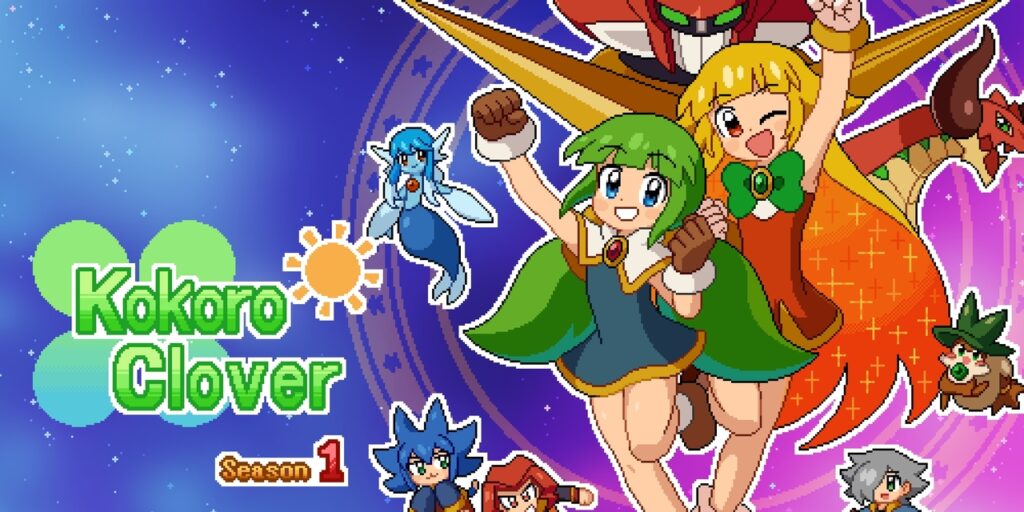
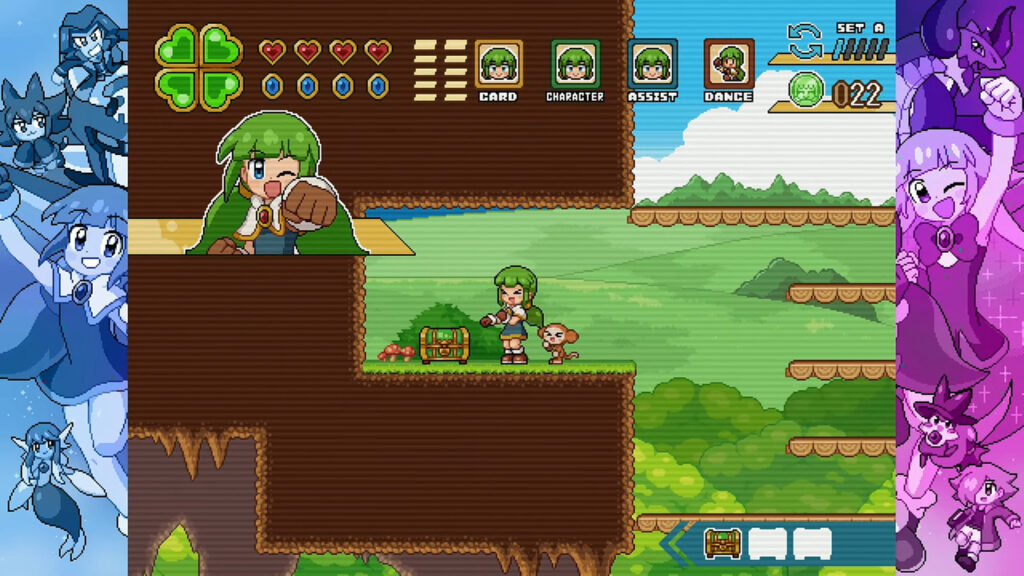
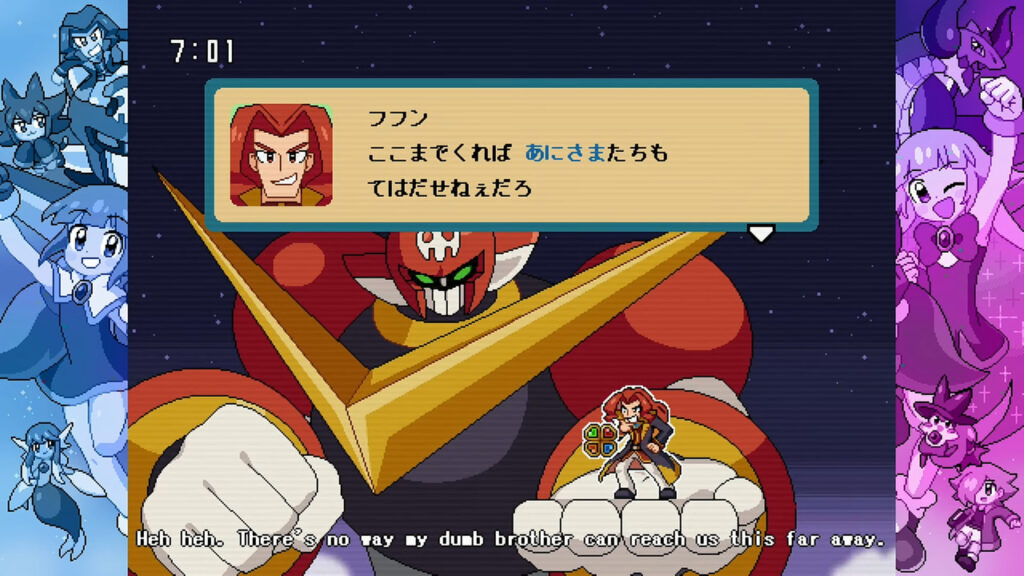
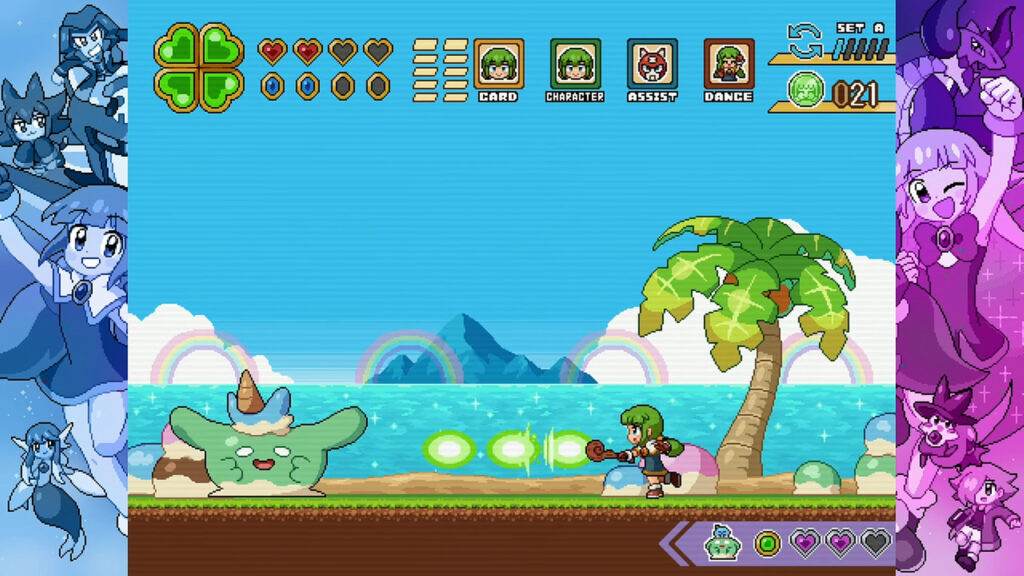
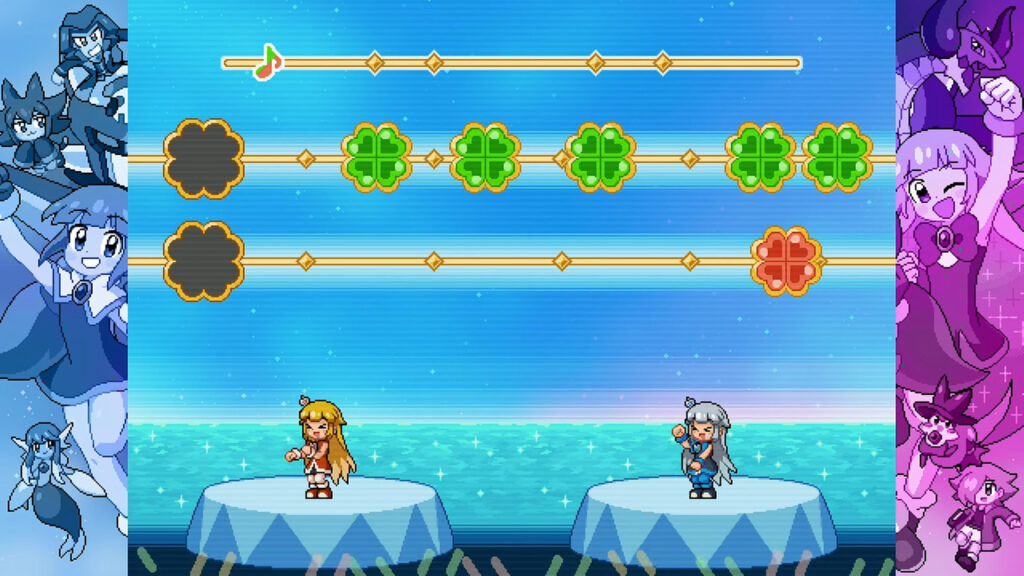
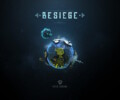



No Comments